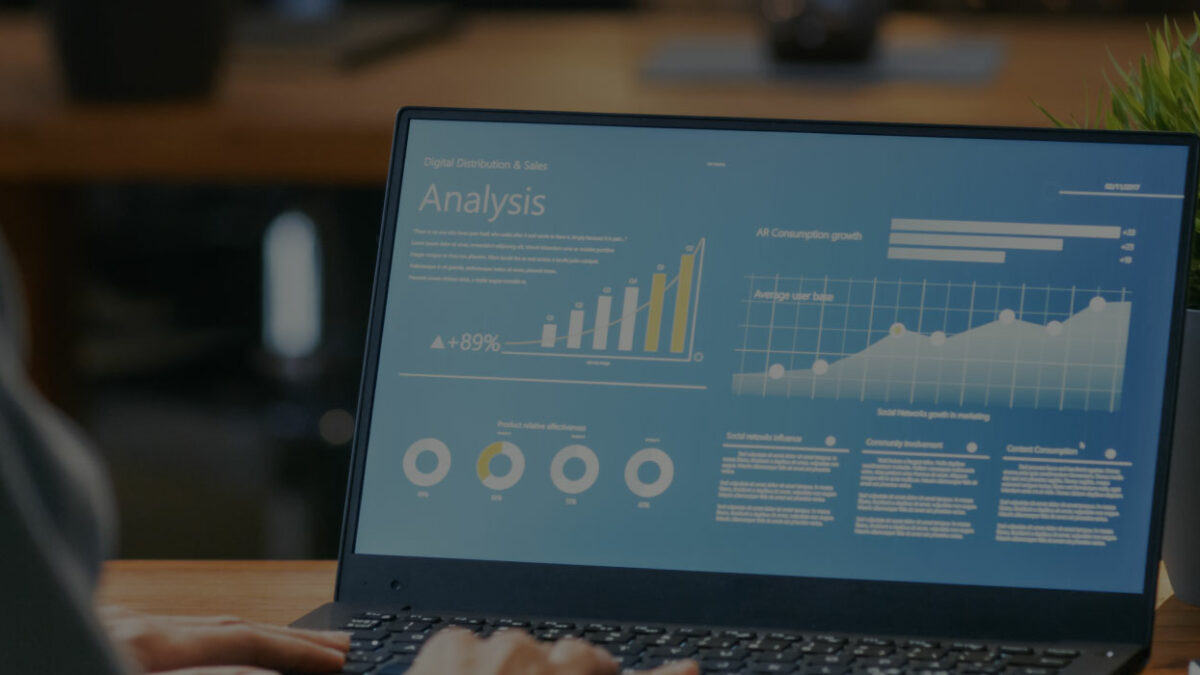
How Digital Twins Can Revolutionize Supply Chain Planning
March 23, 2021
What is Supply Chain Optimization?
April 6, 2021A test drive is the best way to get a sense of how well your system stands against the rugged terrain ahead, and that’s why simulations are so integral to supply chain planning. Digital twins offer powerful simulation capabilities. When we’re what-if scenario planning, a simulation lets us trial various scenarios to monitor how our network might fare in the long haul.
So what exactly does simulation mean in the world of SCP?
It involves the use of mathematical processes to model the supply network and, in turn, answer questions about its structure, operation, and integrity.
Essentially, the set of processes that make up a supply chain forms a system, and that system has a series of inputs. These are the conditions of your supply chain: the initial variables that, when adjusted, can lead to radical shifts in output.
Technology allows analysts to forecast the results we might see depending on a wide-ranging series of inputs. Harnessing Big Data, computers can model and simulate scenarios before they ever happen, so we can prepare ourselves for unprecedented challenges — COVID-19, for example — before they knock us off our feet.
Getting Comfortable with Uncertainty
Simulations can be run in low resolution cases, that is, even when a fair amount of uncertainty exists about particular values and parameters. Simulation can still offer an accurate read on potential outcomes working within a strategic time frame, with a probabilistic mindset.
To run a simulation, a “reasonable range” of realistic input values is preferred rather than a fixed number. The trick is then tweaking those values to discover how such minor shifts might rock an entire supply chain (or not).
Core Characteristics of a Simulation
In addition to a tendency towards the abstract and probabilistic, simulations share some other key traits:
- Variability
Simulations take into consideration the possibility for random differences in parameters. For example, the time it takes for a truck to deliver a product can be expressed as a normal distribution around an average. Clearly defined, precise input data isn’t necessary to run a simulation. - Ease of Use for Modeling
Fewer assumptions mean less computing power. The result is that simulations are generally easier to model than optimization solutions. - Emphasis on Exploration
Rather than seeking one defined answer, simulations take a discovery philosophy towards information-gathering and eventually, decision-making. While you won’t always walk away knowing exactly how to solve a specific supply chain challenge, you’ll be equipped with data that informs you about potential costs, risks, and benefits of the paths before you.
When to Run a Simulation
There are a variety of reasons that compel managers to enlist supply chain simulation as a tool for forecasting and discovery.
Sales & operations planning what-if analysis is a common motive. Supply chain leaders can test their network against a series of scenarios by asking questions about what might happen if, say, a global pandemic occurred. Although we can’t predict a crisis, we can anticipate change and instability, and make sure each node of the supply chain is insulated from it as much as possible. Simulations give us the power to test out a set of hypotheses and arrive at some important conclusions.

Making tough decisions about product mix can also lead supply chain managers to run a simulation. When there are so many factors at play- alignment with long-term strategy, profit, potential for turnover – the choice is never a simple one. Taking an exploratory approach with modeling can help key decision makers gather meaningful data. A simulation is useful for getting a sense of how these complex variables may intertwine and impact revenue.
When supply chain managers are faced with choosing a new supplier, simulation can also be a powerful tool. Consider the variables at play: quality, continuity, location, delivery cost, shipping tariffs, price. Scenario analysis is a game-changer, a way to compare these factors by running simulations to identify a supplier that offers the best outcomes when all the variables are laid out on the table.
Benefits & Impact
Consider a series of “disruption scenarios” that might throw your network off kilter.
A key manufacturing site’s unexpected shutdown. A shortage in raw materials. A global pandemic.
Running a digital twin simulation that accounts for a wide range of input variables delivers incredible insight on the resilience of your supply chain. Think of it as a stress test.
The benefit? Empowered with data from simulations, you can foolproof your system ahead of time. It’s easier to make strategic decisions like bringing on additional suppliers or creating new production lines when you have knowledge to back up your choices.
But building a resilient supply chain is just the tip of the iceberg. Simulations give us the chance to visualize how different nodes of the network interact and impact one another, predict the results of upgrades to the system before they go into effect, map out what-if questions, and compare scenarios side-by-side.
What does this look like in practice?
Consider Walmart and its online grocery service. When the company wanted to pilot the use of a robot, Alphabot, to pick grocery orders at lightning speed, it employed simulation to test product feasibility. This provided incredible insight on the bot’s ability to handle high customer demand and areas that might be improved before its launch.
Royal Dutch Shell has utilized supply chain simulations to decide where to allocate funds for improvements to offshore oil platforms. By considering factors like vessel capacity and port facility storage, the company has made critical decisions to support its infrastructure.
Scenario Analysis: Case Study
Let’s dive deeper into a supply chain simulation use case and the impact of computer modeling to support strategic decision making.
The company in question was preparing the launch of a new antibiotic on the market for which a dedicated facility was being built. There were several risks that needed to be considered.
The primary risk was that regulatory approval could be delayed or even denied in some countries. Such an event would dramatically impact the sales volume during the first year and take a major toll on cash flow and ROI. Uncertainty surrounding sales volumes for the first year cascaded through the supply chain. How much of the product should be prepared and ready to send down the pipeline? Too little would lead to missed sales opportunities, while a surplus could result in obsolescence and write-off of inventory.
Additional risks were related to technical or process failure. What if a major piece of equipment or process failed validation? What would be the impact on the stock levels and sales in the market? How fast could inventory positions be recovered given the manufacturing capacity that was available?
Contractual risks with suppliers exacerbated the uncertainties and potential risks. The company used to contractually commit to purchase certain volumes of raw materials for the production of the drug. How much was the company exposed given the different launch scenarios?
What-if analysis using a digital twin supply chain simulation empowered the company to evaluate these risks while analyzing and comparing scenarios. Senior management was then able to make deeply informed decisions about approaching the product launch. This computer simulation resulted in the development of an entire strategic sales and operations planning process.
Ready to find out what computer modeling can do for your supply chain? Running simulations is a fundamental component of SCP, but your learning shouldn’t stop there. Booking a free consultation will let you know more about it.





